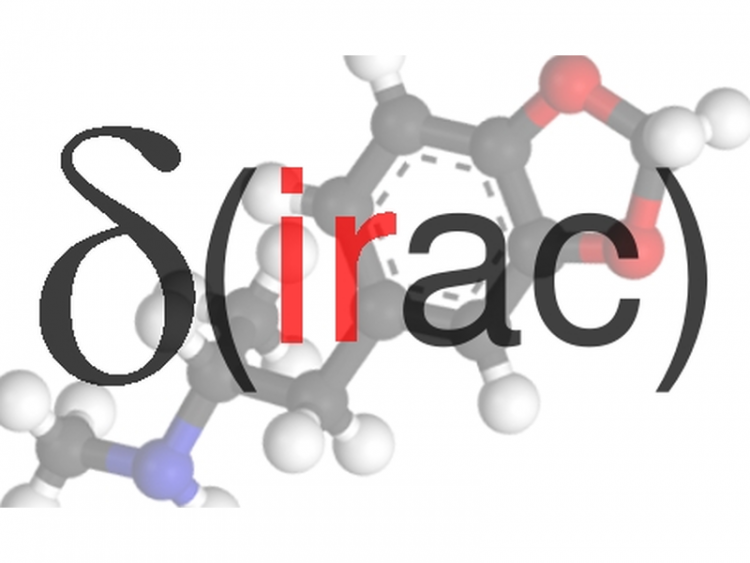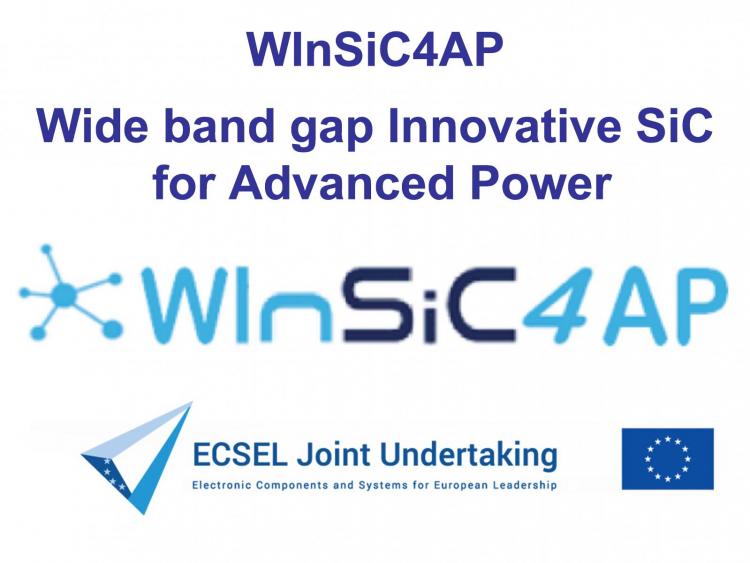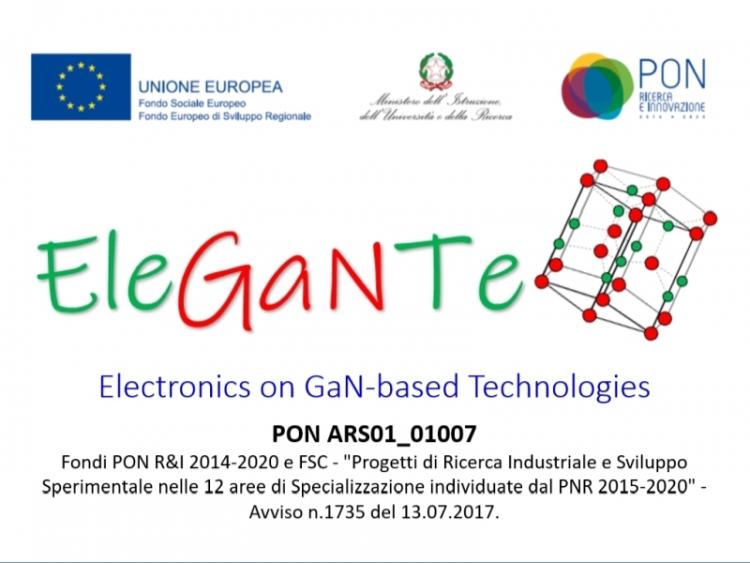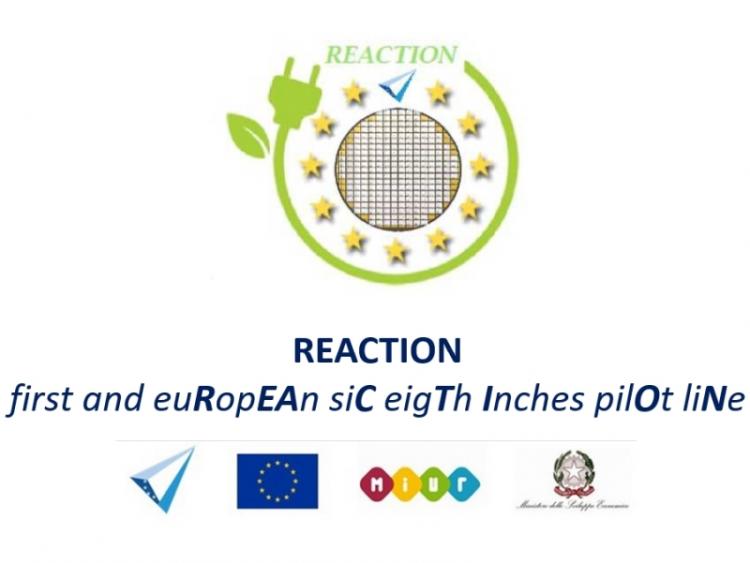
The goal of this project is to develop an advanced sensor system, that combines miniaturized Gas Chromatography (GC) as its key chemical separation tool, and Hollow-Fiber-based Infra Red Absorption Spectroscopy (HF-IRAS) as its key analytical tool to recognize and detect illicit drugs, key precursors and potential derivatives. The DIRAC sensor will be developed to:
1. be used on the field primarily by customs officers for controls at the EU external frontiers and by law enforcement personnel for intra-Community checks as a rugged and hand-portable unit;
2. perform rapid detection of key chemicals;
3. reject interferents with minimal false positive alarm rate;
4. perform advanced data analyses such as similarity evaluation between the chemical structure of the unknown sample with that of controlled/illicit substances.
Currently, GC-IRAS (through FTIR implementation) is, together with GC-MS (Mass Spectrometry), the most powerful technique for the identification and quantification of amphetamines. However, so far GC-IRAS has been implemented only as bench-top instrumentation for forensic applications and bulk analysis down to milli- and micro-gram quantities. In DIRAC, the use of silicon-micromachined GC columns, solid state lasers, and hollow fibres IR, will allow to develop a GC-IRAS sensor that features hand-portability and prompt response –for field operation– and is capable to perform both bulk analysis and trace analysis with nano-gram sensitivity.
The DIRAC sensor will further feature:
a) an advanced sampling device, that separates the analyte from larger amounts of interfering materials (dust, skin particles) by electrostatic charging;
b) an advanced silicon micro-machined pre-concentration device, capable to treat sequentially both volatile ATS substances and non volatile ammonium salts of the amphetamines.
The main output of the DIRAC project will be a fully functional sensor prototype from sampling to read out.
Funding scheme: FP7 Programme, Collaborative Project (Small or medium-scale focused research project), Theme 10, Security
Consortium: 10 partners from 6 European member states.
Project Coordinator:
Sandro Mengali
Consorzio CREO Centro Ricerche Elettro-Ottiche
Strada Statale 17
I – 67100 L’Aquila (AQ)
Phone: (+39) 08623461
IMM Project Coordinator:
Dr. Stefano Zampolli






